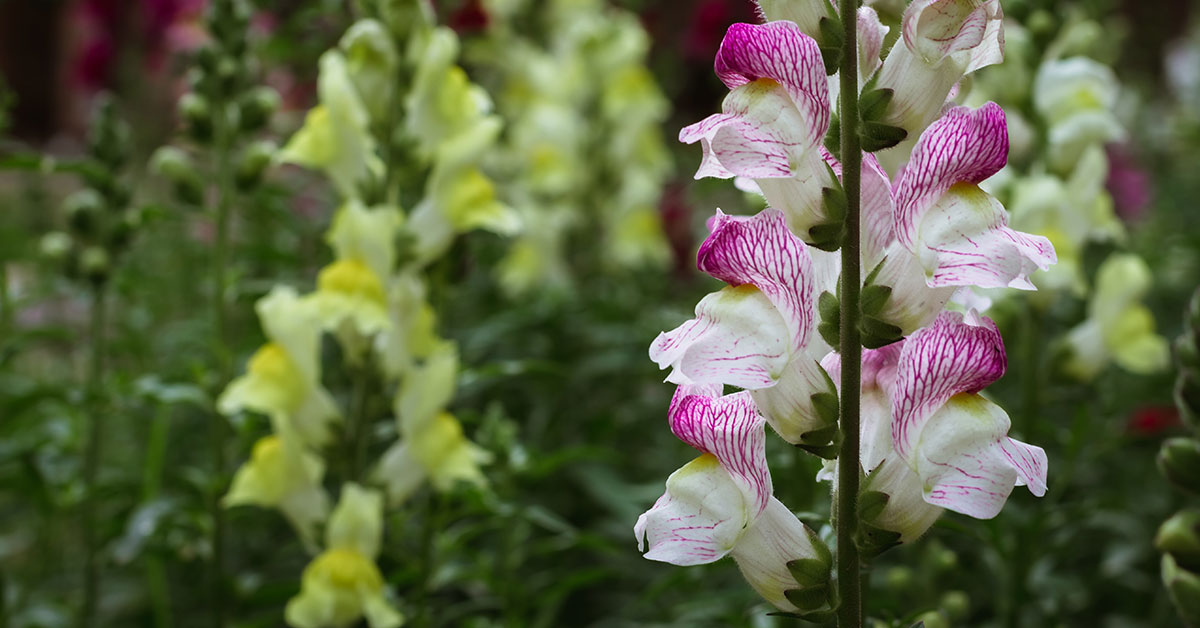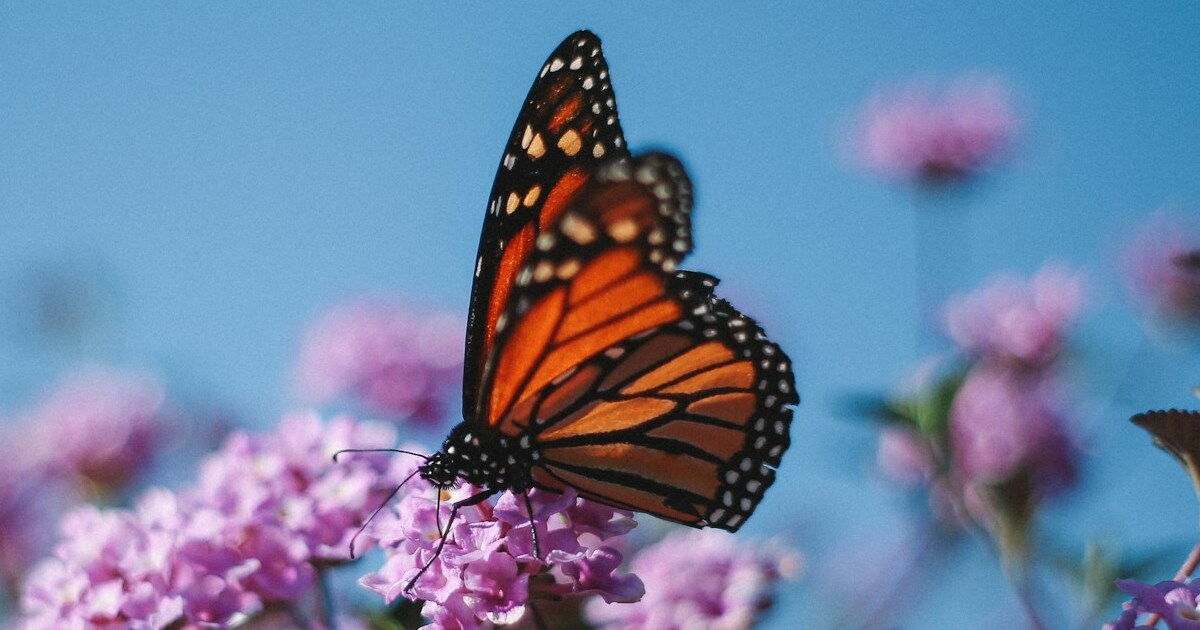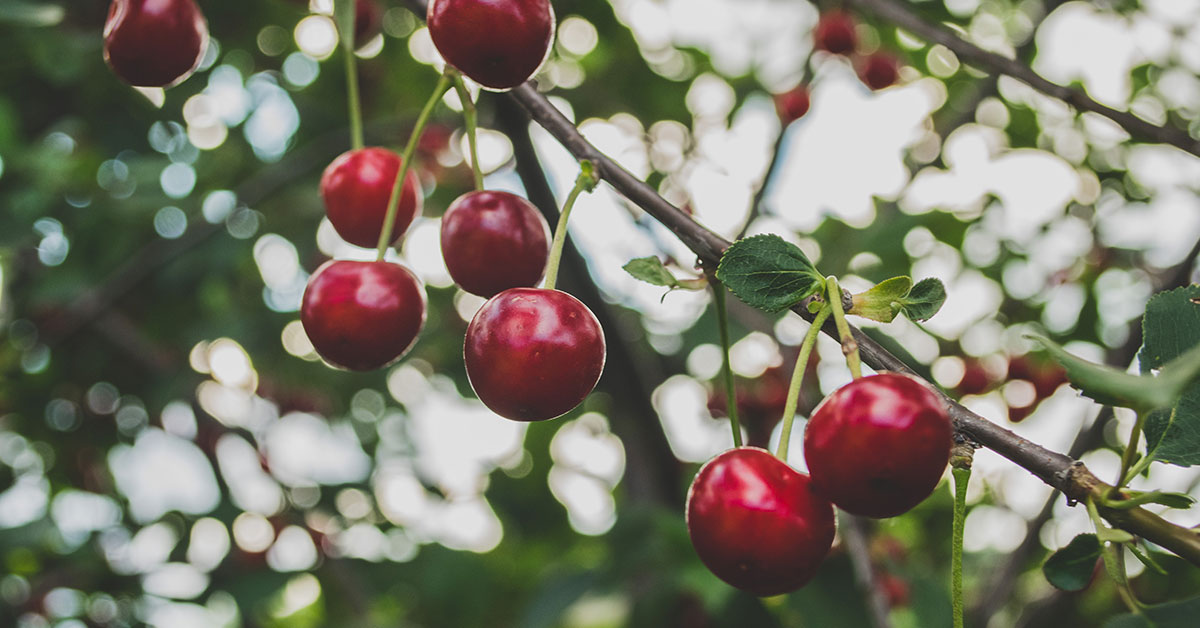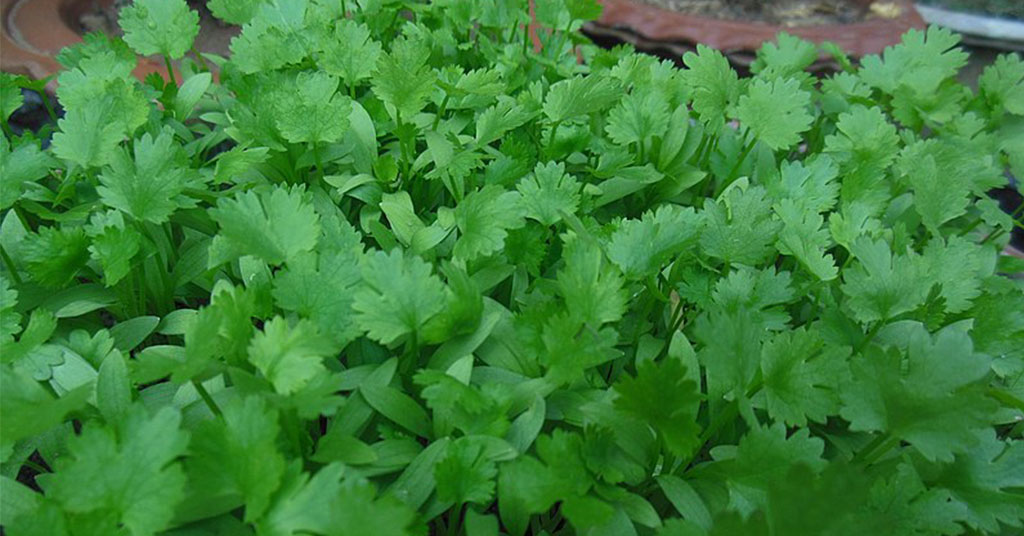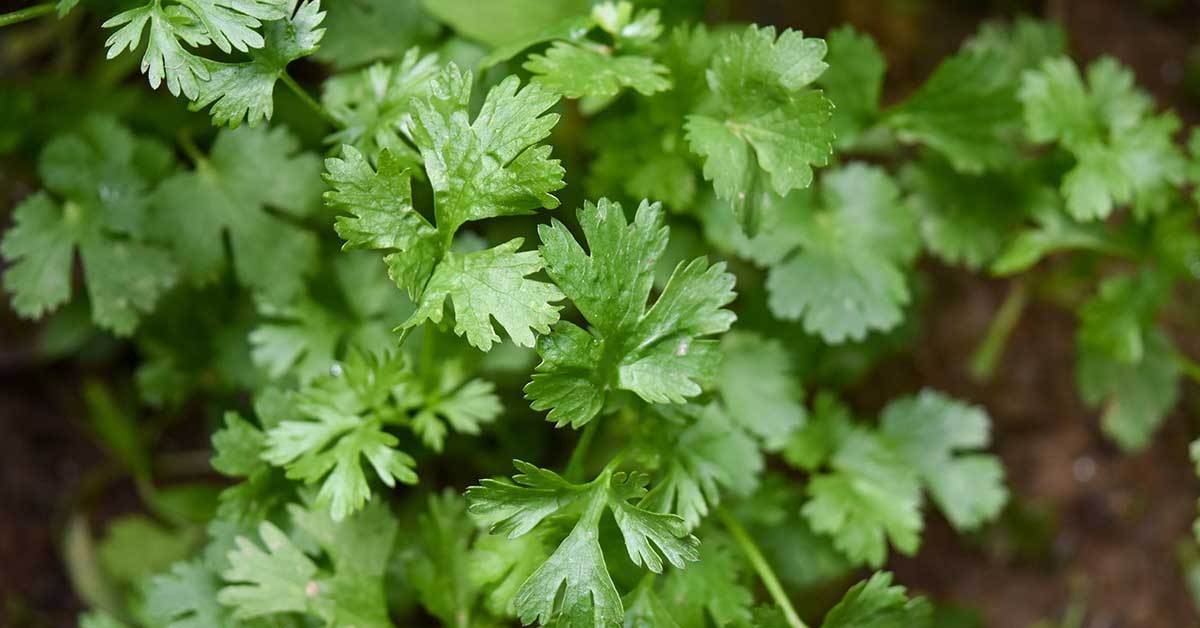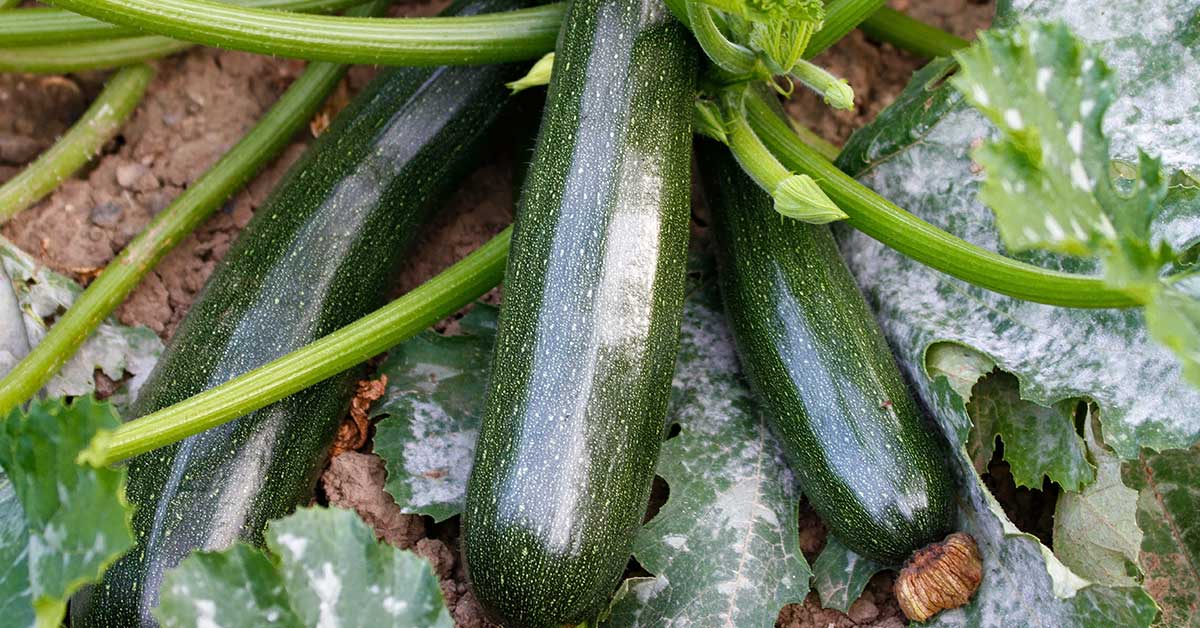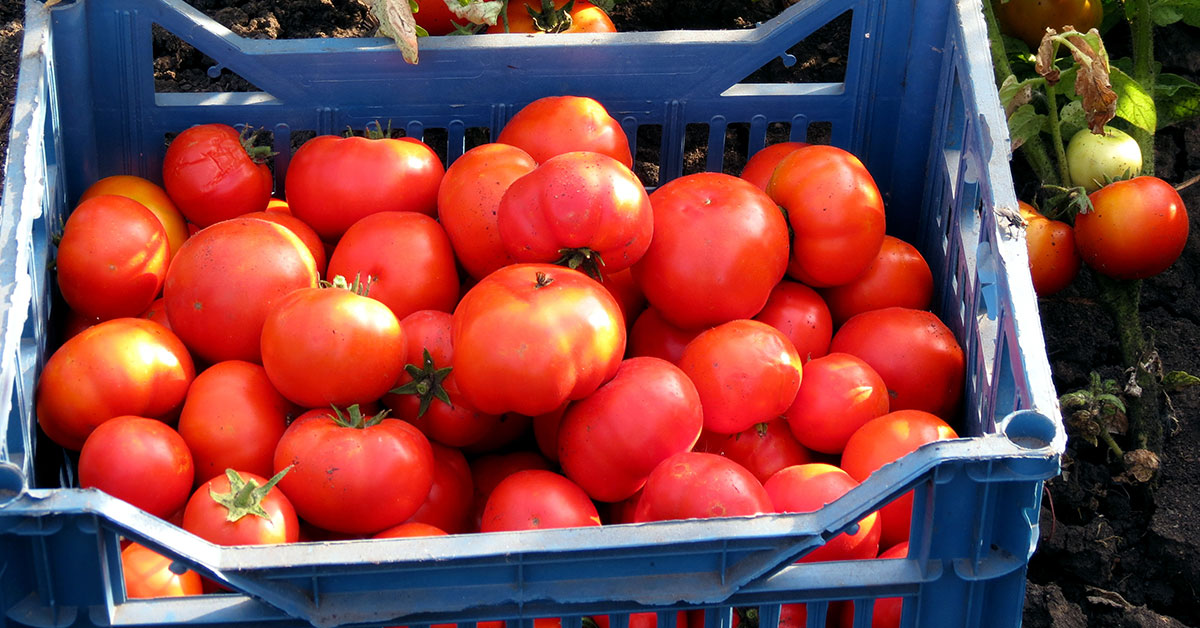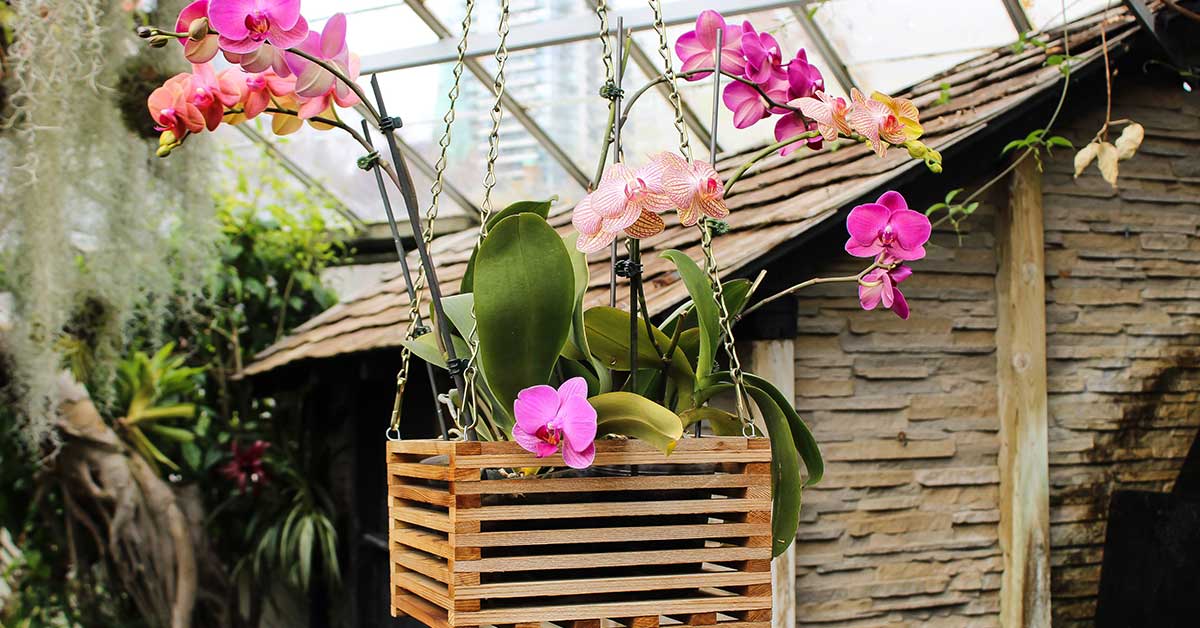It’s such a bummer when you’re ready to dig in the dirt, only to have your trusty trowel crumble in your hand! Rust might seem like a harmless cosmetic issue, but those flaky, reddish-brown patches can wreak havoc on both your tools and your garden. Over time, rust weakens metal, harbors pathogens, and even interferes with plant health. Trust me, I’ve had more than one blade snap mid-prune—nothing interrupts garden bliss like flying metal shards!
I know how frustrating it feels to spend precious weekend hours scraping and sanding instead of planting. Beyond the annoyance, rusted tools can introduce tetanus-spore–bearing bacteria, spread fungal diseases among your plants, and leave behind iron oxide that alters soil chemistry. Below are nine thorough reasons to retire that rusty spade once and for all—and keep your garden thriving and you smiling!
Tool Structural Weakness and Breakage
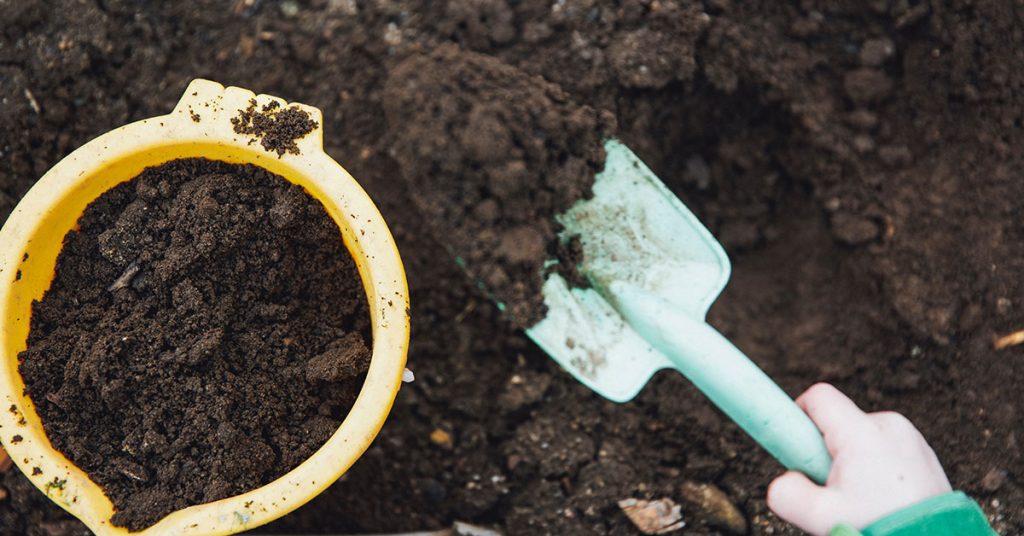
Rusted areas are essentially tiny fractures in the metal, reducing a tool’s overall strength. Whether you’re chopping through compacted soil or pruning thick stems, a weakened handle or blade can bend or snap without warning.
When your tools give out mid-task, you risk damaging young plant roots and upsetting carefully prepared soil beds. It’s such a letdown to lose momentum because something that should be reliable fails you at the worst possible moment!
Reduced Cutting Efficiency
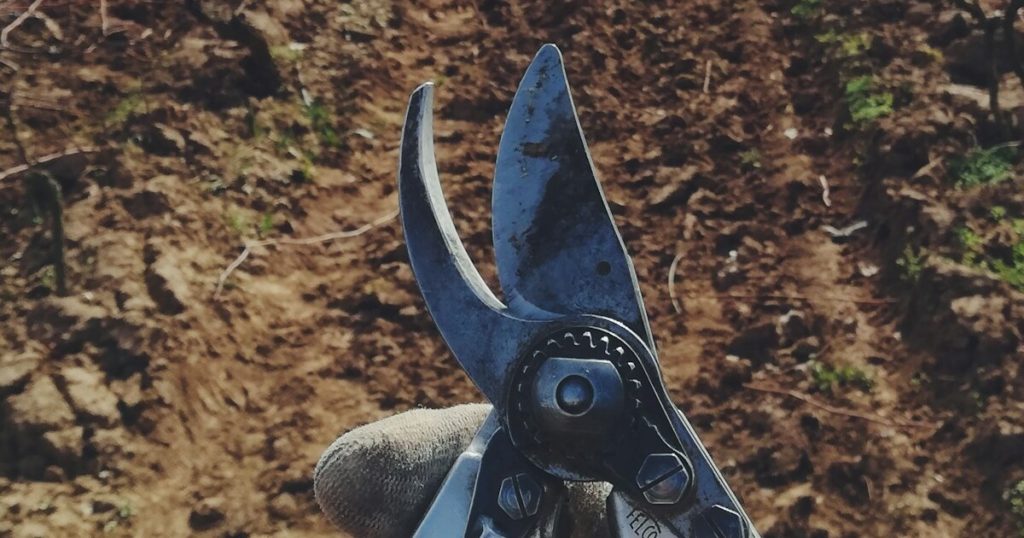
A clean, sharp blade slices through stems and roots with minimal effort, but rust builds up uneven edges that dull over time. Instead of a smooth cut, you’ll tear and crush plant tissue, which can delay healing and invite pests or diseases into open wounds.
I know how satisfying it is to hear that crisp “snip” when harvesting herbs or roses! With a rusted tool, you’ll struggle to achieve tidy cuts, and those ragged edges can really stress your plants—no one wants limp, shredded foliage.
Accelerated Tool Wear and Shortened Lifespan
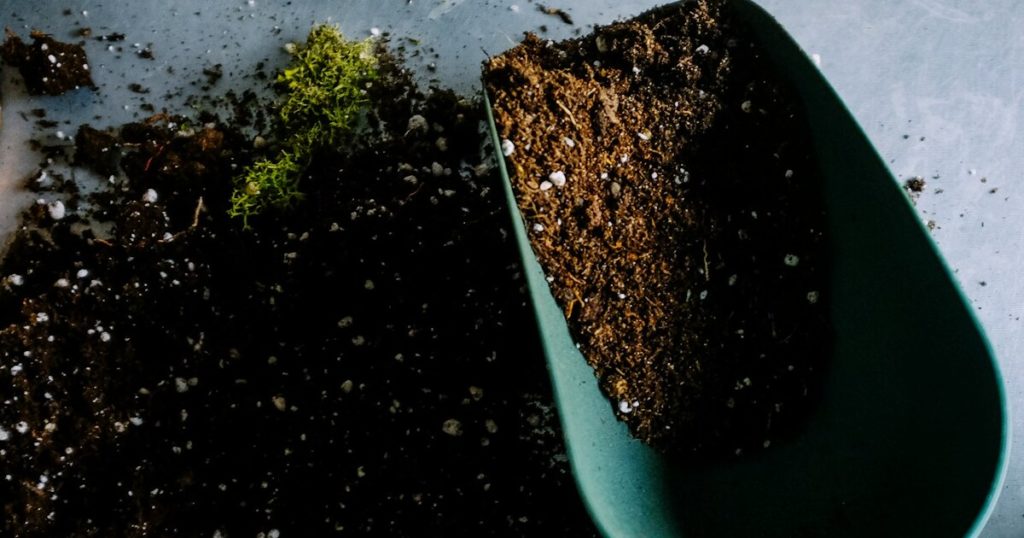
Once oxidation begins, it accelerates; rust creates rough surfaces that trap moisture and grit. Every time you use and clean a rusty tool, you’re essentially rubbing abrasive particles into the metal, compounding the corrosion.
This vicious cycle means you’ll replace tools far more frequently, which is both wasteful and expensive. A little preventive maintenance goes a long way compared to the frequent repurchasing of gear you should be able to rely on for years.
Risk of Spreading Plant Diseases

Rusted tools often harbor soil and plant debris in their pits and grooves—ideal hiding places for fungal spores, bacterial pathogens, and even viral particles. Using an unclean tool can inadvertently transmit disease from one plant to another.
I’ve learned the hard way that hygiene matters as much as sharpening! Dipping tools in a disinfectant after each use is crucial, but eroded, rusted surfaces make thorough cleaning nearly impossible, putting your whole garden at risk.
Difficulty in Cleaning and Disinfection

Smooth metal surfaces allow you to wipe away sap, soil, and microorganisms with ease; rust, by contrast, creates crevices and flaky layers that trap organic matter. No matter how much you scrub, debris and pathogens can remain hidden under the corrosion.
It’s so frustrating to disinfect a tool repeatedly only to see grime reappear! When cleaning becomes a chore you dread, you’re more likely to skip essential steps—and that’s a recipe for garden troubles down the line.
Increased Risk of Personal Injury
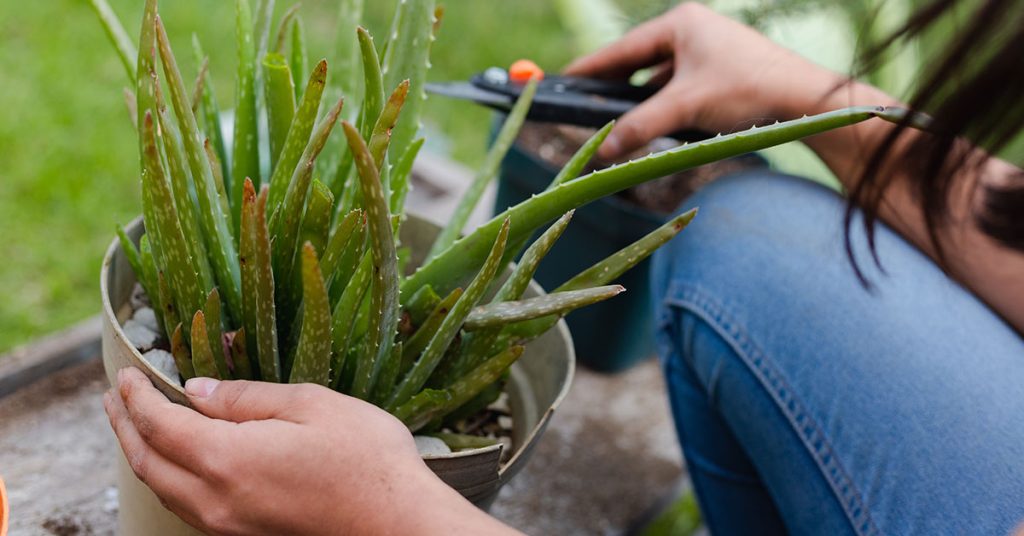
Jagged, corroded edges aren’t just bad for plants—they can cut your skin unexpectedly, sending shards of rusty metal into your hands or fingers. These small wounds may seem minor, but they can introduce tetanus bacteria, which thrives in anaerobic, rusty environments.
I always keep a first-aid kit nearby when I garden, but there’s nothing worse than a trip to the ER when pruning went awry. A well-maintained, rust-free tool drastically reduces the chance of painful, avoidable injuries!
Soil Contamination with Iron Oxide

As you scrape rusted tools against soil, microscopic iron oxide particles wash into the ground. Over time, this excess iron can alter soil pH and nutrient availability, potentially stressing acid-sensitive plants.
I know how carefully you balance soil amendments for optimal growth—it’s disheartening to realize your own tools could be tipping the scale! Fresh, rust-free implements help keep your soil chemistry on track and your plants happy.
Harbors Pests and Microbial Growth

Rusted tool surfaces trap moisture, creating a microhabitat for algae, mosses, and even small insects like springtails or earwigs. While some of these critters are harmless or even beneficial, others can hitch a ride into your garden beds, disrupting the ecosystem balance.
I once found a cluster of slug eggs nestled in the hollow of a rusty spade—gross and utterly frustrating! A clean tool is less likely to conceal unwanted hitchhikers and keeps your pest management efforts from going sideways.
Aesthetic and Motivational Impact

Let’s face it: there’s something about gleaming, well-oiled tools that fires up enthusiasm for garden work. Rusted, pitted implements can make even routine tasks feel cumbersome and sloppy, sapping your motivation before you even start.
It’s such a joy to reach for a polished trowel or fragrant wooden handle—tools that look cared for give you an immediate boost of pride. Investing a little time in maintenance keeps your workspace inviting and your spirits high every time you step outside!





